Using PDF as a format for editing is usually a bad choice. If you have a form with fixed fields, then it's easy. Create a PDF template with an interactive form. In this form, based on AcroForm technology, you'll define fields with fixed coordinates, and a fixed size. You can then add content to these fields.
One major disadvantage with this approach is the lack of flexibility. Did you notice that I used the word "fixed" three times in the previous paragraph? If text doesn't fit the predefined field, you're out of luck. If the field is overdimensioned, you'll end up with plenty of white space. This approach is great if you can predict what the data will be like. A typical use case is a ticket or a voucher. For instance: the empty form is a really nice page, with only a couple of fields where an automated system can put a name, a date, a time, and a seat number.
This isn't the best approach for the example you show in your screen shot. The position of every line of text, every word, every character is known in advance. If you want to replace a short word with a long word (or vice-versa), then all those positions (of each line, of the complete page, possibly of the complete document) need to be recalculated. That's madness. Only people with very poor design skills come up with such an idea.
A better idea, is to store the template as HTML. See for instance chapter 5 of iText's pdfHTML tutorial, where we have this snippet of HTML:
<html>
<head>
<title>Invitation to SXSW 2018</title>
</head>
<body>
<u><b>Re: Invitation</b></u>
<br>
<p>Dear <name>SXSW visitor</name>,
we hope you had a great SXSW film festival experience last year.
And we would like to invite you to the next edition of SXSW Film
that takes place from March 9 until March 17, 2018.</p>
<p>Sincerely,<br>
The SXSW crew<br>
<date>August 4, 2017</date></p>
</body>
</html>
Actually, it's not really HTML, because the <name> tag and the <date> tag don't exist in HTML. All HTML processors (browsers as well as pdfHTML) ignore those tags and treat their content as if the tag was a <span>:

It doesn't make much sense to have such tags in the context of pure HTML, but it does make a lot of sense in the case of pdfHTML. With pdfHTMLL, you can configure custom tags, and have a result that looks like the PDFs shown below:

Look at the document for "John Doe" and compare it with the document for "Bruno Lowagie". The name "John Doe" is much shorter than my name, hence more words fit on that first line. The text flows nicely (we could also have chosen to justify the text on both sides). This "flow" is impossible to achieve with your approach, because you will never get a PDF template to reflow nicely.
OK, I get it, you probably say, but what about the practical aspects? You talk about a Java / .Net library, but I am working with Laravel and Angular.js. First, let me tell you that I don't think you'll find any good PDF tools for Laravel or Angular.js, because of the nature of PDF and those development environments (in my opinion, those technologies don't play well together). Regardless of my opinion, this shouldn't be much of a problem for you because you work in an Amazon environment. AWS supports Java, and the Java code needed to get pdfHTML working is minimal. Most of the code samples I wrote for the pdfHTML tutorial are shorter than 15 lines. So why not try Java and pdfHTML?


